Short Term Koji Application – Bettara Zuke and Lemon Kosho
Last October, American food professionals visited fermented food producers to deepen their knowledge of Japanese fermentation culture during the “Hakko Tourism in Japan” tour campaign. As part of the tour, organizers held a tasting session where guests gave candid advice from the perspective of the American market to food product manufacturers looking to enter the United States market.
Have you already tried making koji on your own? Or can you find someone who makes it or sells it?
Today I’d like to introduce a couple of my favorite short term applications using koji. They are somehow always in stock and when I run out, I automatically make the next batch to keep using the same jar.
For one of the recipes, I simply use amazake. To make amazake, refer to my previous article here. Any kind of amazake and rooty vegetable works for this, but golden beet is my go-to for its great result by the combination of earthy flavor and the sweetness from amazake.
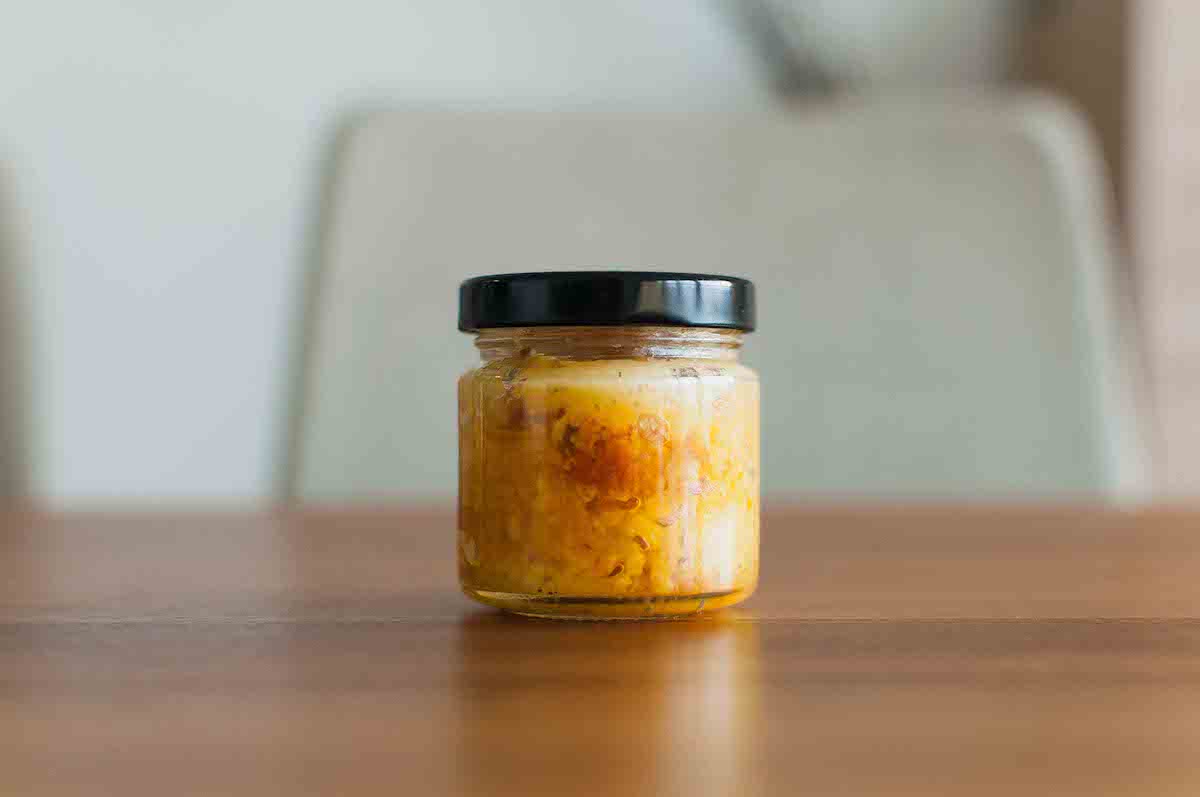
Golden beet bettara-zuke
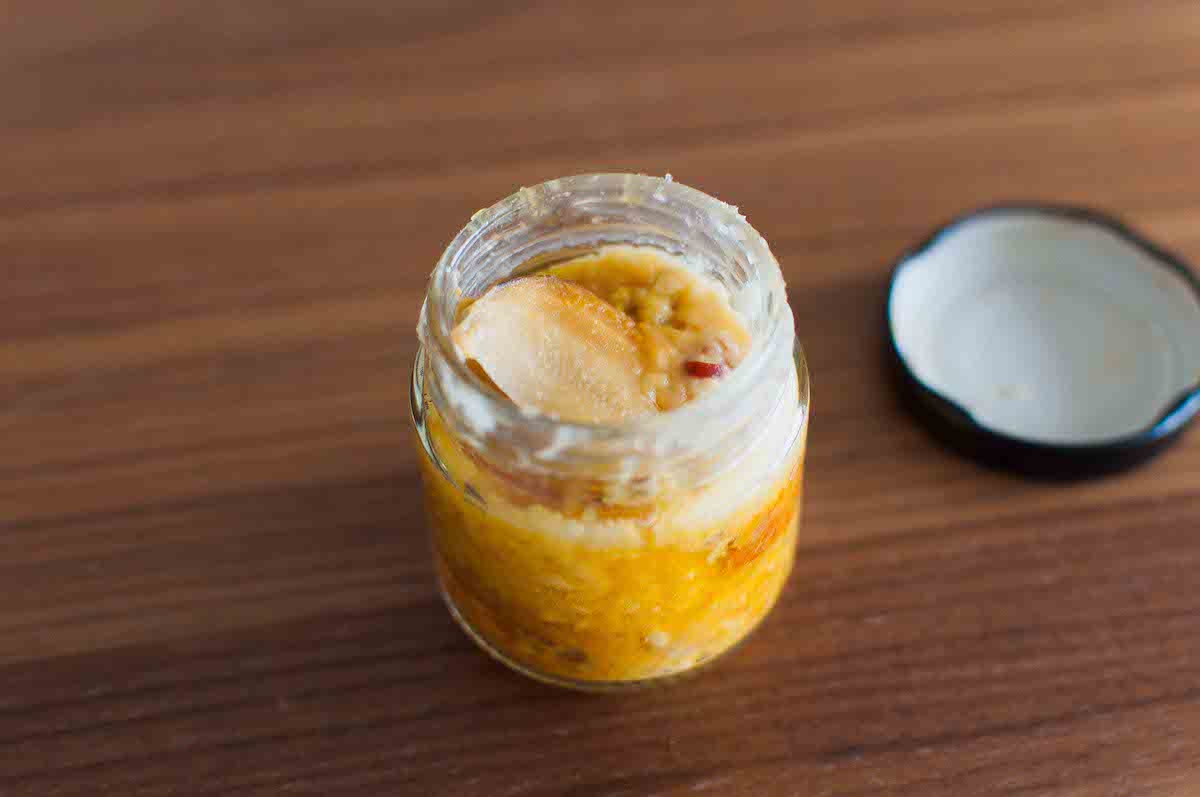
Ingredients
- Golden/yellow beetroots
- Salt – 8% to the weight of beets
- Amazake
- Kombu
- Dry chilli (optional)
Directions
- Cut the koji beet into quarter or half size, massage with the salt and place them into a plastic bag.
- Place a stone (or any other weight, a pan full of water, books, etc) on the bag and press the juice out overnight.
- Take the beets out of the bag and discard the juice and put the pickled slices back into a bag (or other container).
- Place kombu and dry chilli (optional for chilli koji) over the beets, and pour in amazake just until it covers the surface of the beets.
- Leave it at room temperature for some days, until the beets get softened and ready to serve. The time required depends on the temperature and the original texture of the koji beets, but usually I leave it for a week and it becomes nice and soft while still keeping its chunky texture.
- Slice and enjoy as it is, or chop them into small cubes and mix with cream cheese. Nice on crackers or the side of your potato salad, this easy bettara-zuke sits nicely on your table to support both traditional Japanese menu and western style dishes.
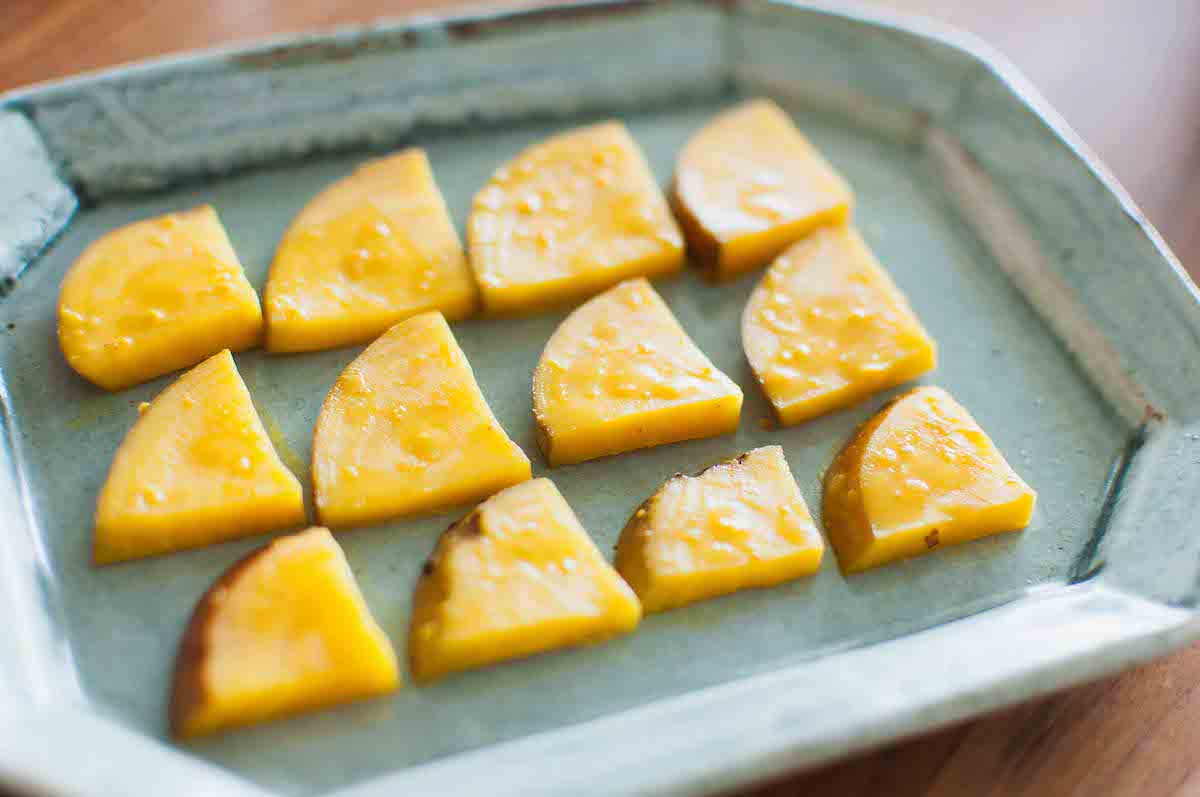
Lemon and lime kosho
We have this regular spicy condiment called yuzu-kosho in Japan. Yuzu-kosho actually doesn’t require koji, but here I add my koji to promote fermentation and to add extra sweetness to mellow the spiciness of the ingredient: chili. Obviously, yuzu is loved by everyone in the world (so far I haven’t met a person who dislikes yuzu in my life) but in the same way as daikon radish for bettara-zuke above, it can be very hard to obtain outside Japan. So I needed to hack the flavor by using the alternative ingredients, and blending lemon and lime just worked out fine to me. Here below is the recipe.
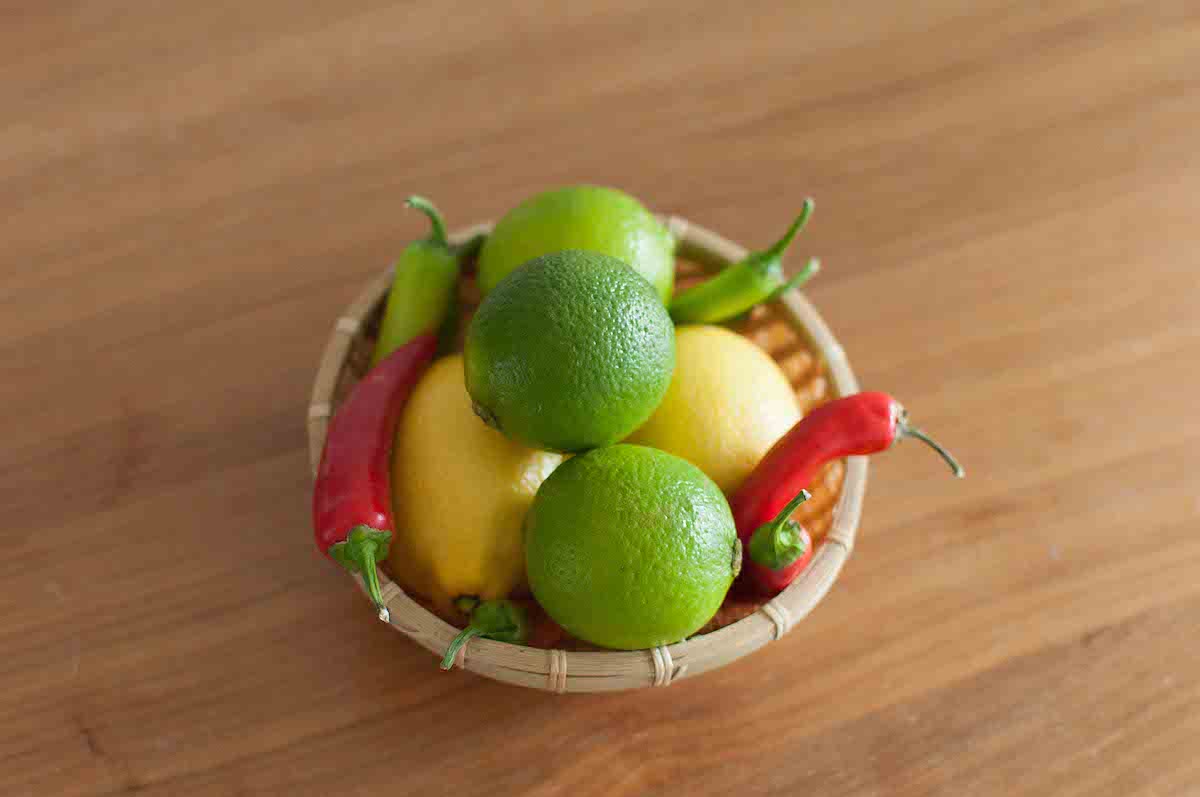
Ingredients
- 50g lemon or lime zest
- 20g chilli pepper
- 10g rice koji
- 5g salt
- Lemon juice, as required
Directions
- Grate the zest of the lemon and lime.
- Finely chop the chilli. Include the seeds if you want it hotter. *Wear your gloves and do not touch the chili with bare hands.
- Grind all the ingredients in suribachi (a Japanese mortar) or food processor.
- Refrigerate for about a month and serve. If you increase the salt ratio, you could do this maturation step at room temperature too.
- Enjoy with fish, meat, tofu and various proteins. Also for dressings and cocktails. I like to blend it into potato salad as an extra kick to the flavor. Nice on pizza or pasta too, as you can almost use it as a Japanese tabasco.
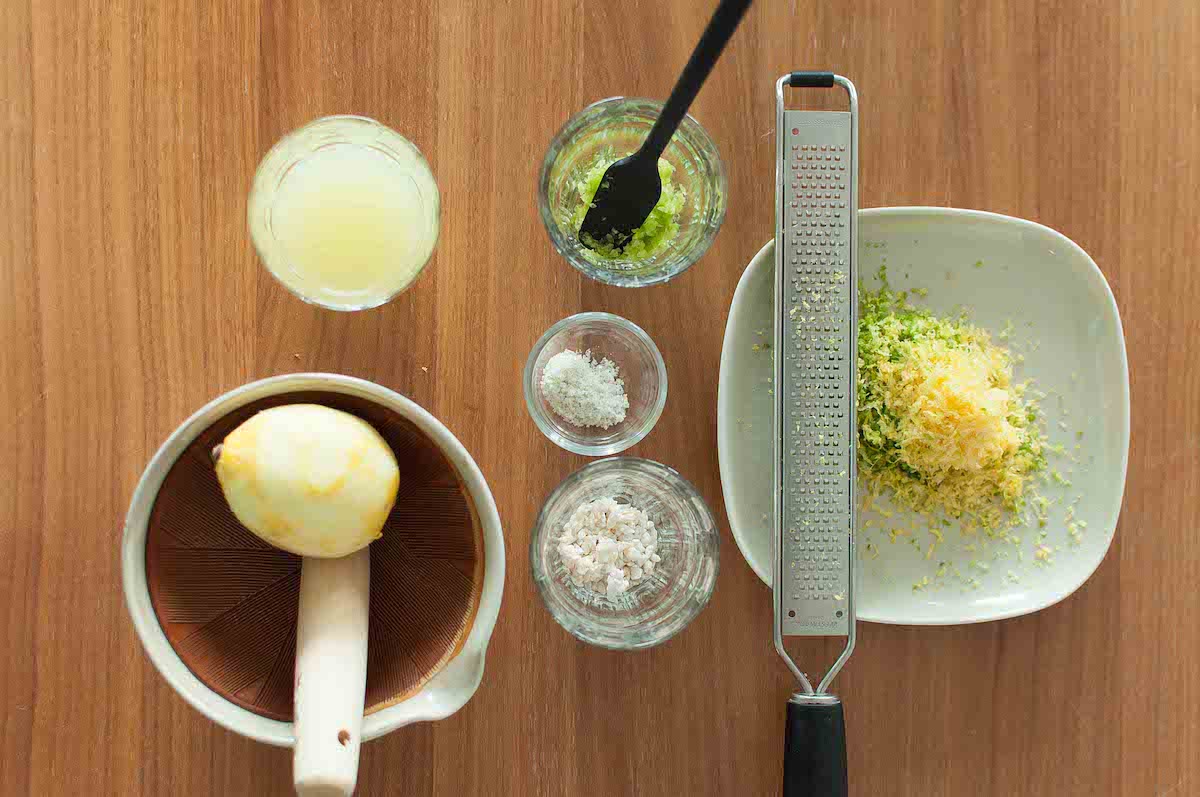
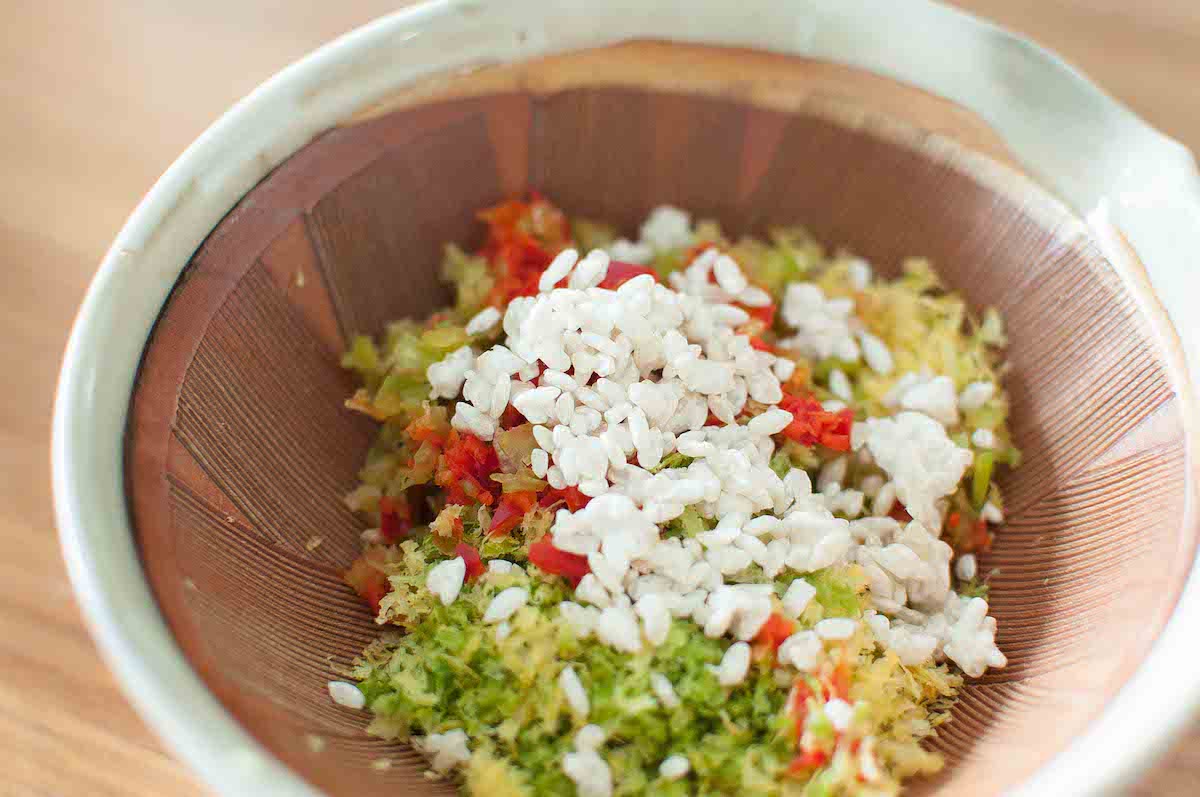
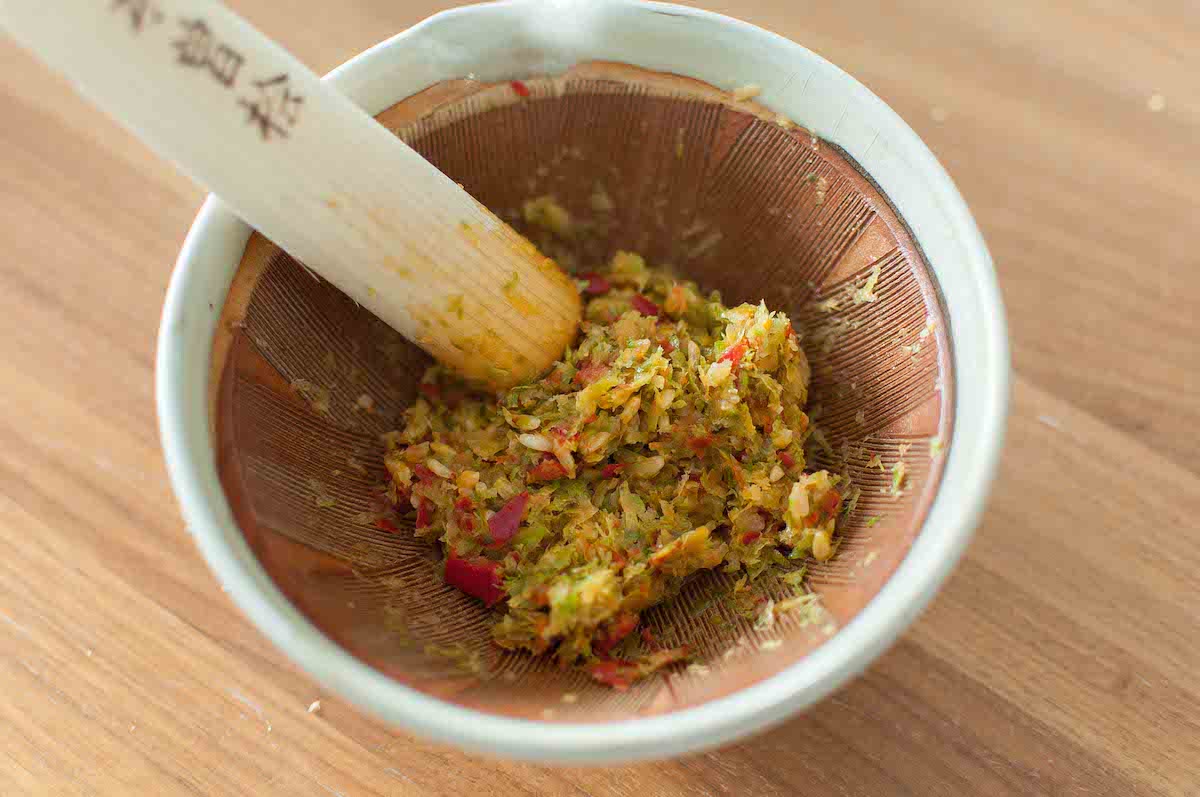
Marika Groen is the head of Malica Ferments, an online platform dedicated to fermented products. As a Kojiologist, traveler, brewer, photographer, and writer, she published the book "Cosy Koji" in 2021, offering insights into the art of Koji making based on her worldwide lectures and experiences.

